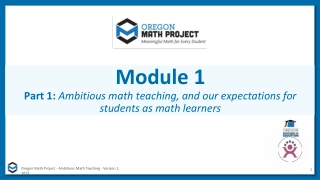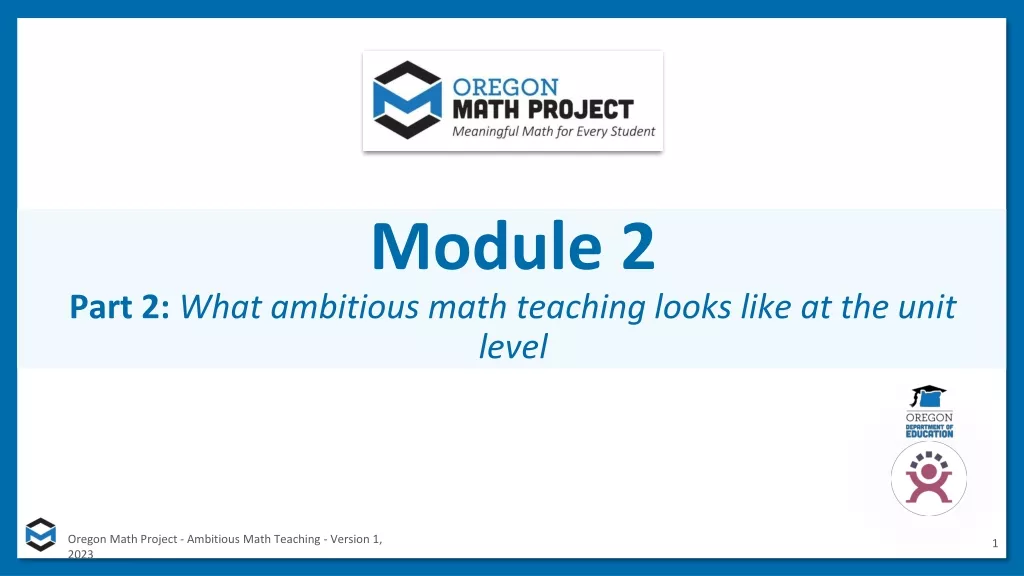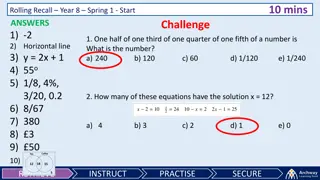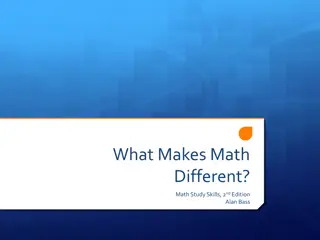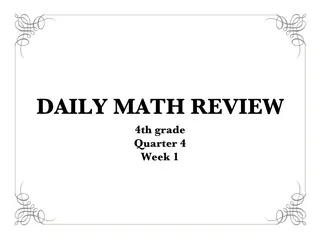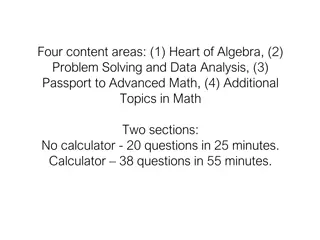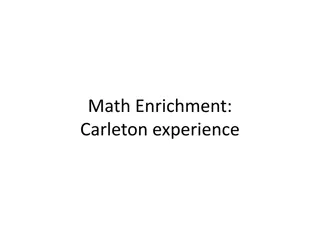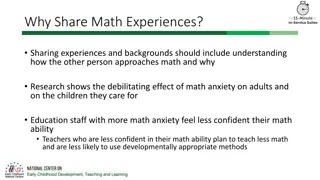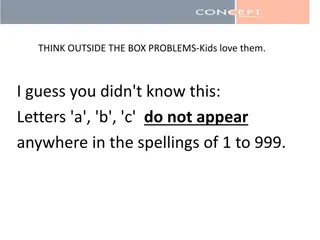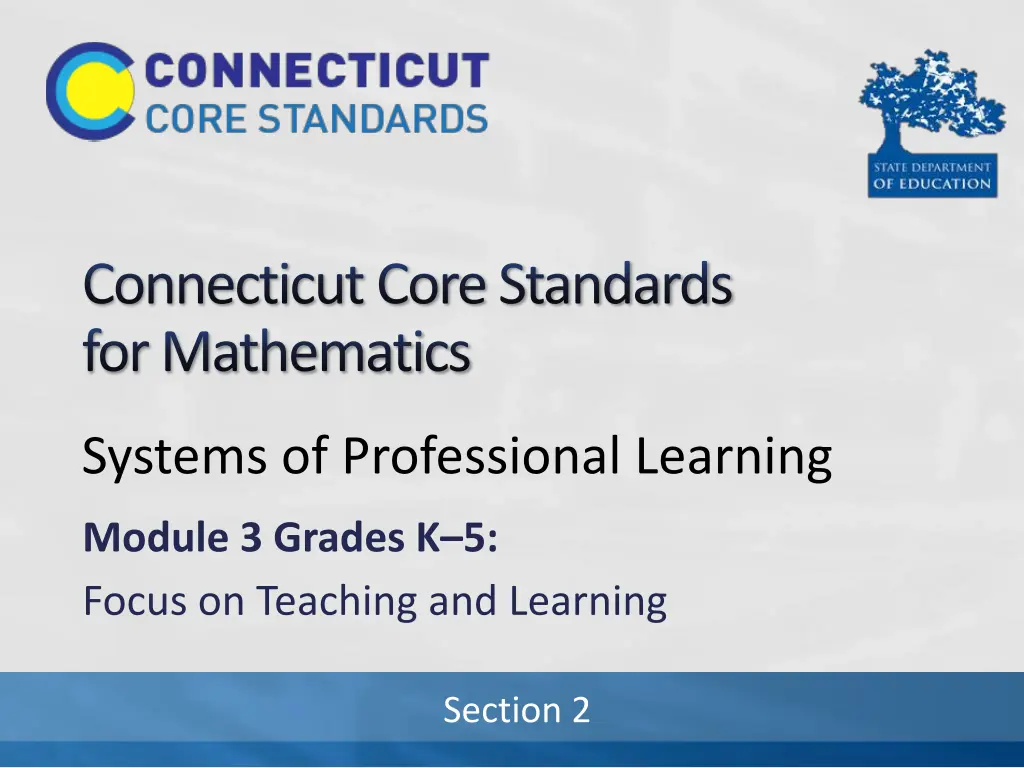
Understanding Universal Design for Learning Principles in Mathematics Education
Explore how Universal Design for Learning (UDL) principles enhance student learning in mathematics education, focusing on multiple means of representation, action, and engagement.
Download Presentation

Please find below an Image/Link to download the presentation.
The content on the website is provided AS IS for your information and personal use only. It may not be sold, licensed, or shared on other websites without obtaining consent from the author. If you encounter any issues during the download, it is possible that the publisher has removed the file from their server.
You are allowed to download the files provided on this website for personal or commercial use, subject to the condition that they are used lawfully. All files are the property of their respective owners.
The content on the website is provided AS IS for your information and personal use only. It may not be sold, licensed, or shared on other websites without obtaining consent from the author.
E N D
Presentation Transcript
Connecticut Core Standards for Mathematics Systems of Professional Learning Module 3 Grades K 5: Focus on Teaching and Learning Section 2
Building a Teaching and Learning Framework through UDL Section 2 Page 10 20
Focus on Instruction What instructional strategies were discussed in Module 1 and Module 2? How does the use of these strategies benefit student learning? Section 2 21
What is UDL? Universal Design for Learning is a scientifically valid framework for guiding educational practices. CAST (2011) Section 2 22
What is UDL? Universal Design for Learning principles include guidance on providing flexibility in: The way information is presented The ways students respond or demonstrate knowledge and skills The ways students are engaged AND .. CAST (2011) Section 2 23
What is UDL? Universal Design for Learning principles also include guidance on: Reducing barriers in instruction Providing appropriate accommodations, supports, and challenges Expectations for all students including students with disabilities and students who are limited English proficient CAST (2011) Section 2 24
Principle 1: Provide Multiple Means of Representation Providing options for: Perception Language, mathematical expressions, and symbols Comprehension Recognition Networks Resourceful, knowledgeable learners CAST (2011) Section 2 25
Principle 2: Provide Multiple Means of Action and Expression Providing options for: Physical action Expression and communication Executive functions Strategic Networks Strategic, goal-oriented learners CAST (2011) Section 2 26
Principle 3: Provide Multiple Means of Engagement Providing options for: Recruiting interest Sustaining effort and persistence Self-regulation Affective Networks Purposeful, motivated learners CAST (2011) Section 2 27
Helping Teachers Understanding UDL Access in-depth information about the UDL Principles here: http://www.udlcenter.org/aboutudl/udlguidelines With your group explore your assigned UDL Guideline and determine the following: How you would explain this guideline to teachers? Create 2 3 examples of beginning strategies that teachers can incorporate into their lessons to address this guideline. Section 2 28
Key Points for Getting Started with UDL UDL can support teachers implementation of the CCS-Math Standards. The strategies that have been discussed for implementing the CCS-Math Standards overlap with the strategies that can be used to meet the UDL Guidelines and Checkpoints. Think about, plan for, and implement the UDL strategies strategically. Begin with those that will have the greatest impact on YOUR students. Section 2 29

